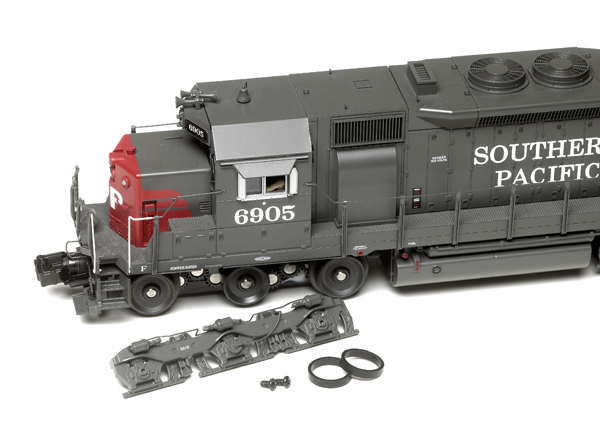
Many newer diesel locomotives have side frames that can be easily removed, making tire replacement a less complex (and less frustrating) process. Jim Forbes A properly fitting traction tire should be smooth and free of bulges and crimps. The payoff for getting the replacement done right is better pulling performance for your locomotive. Jim Forbes […]
Read More…

Having trouble viewing this video? Please visit our Video FAQ page Show host Aaron Skinner deals with a very serious subject — Silly Putty! Follow along as he shows how to stretch and mold this crazy compound to mask irregularly shaped surfaces prior to painting with an airbrush. And unlike masking tape, you’ll […]
Read More…
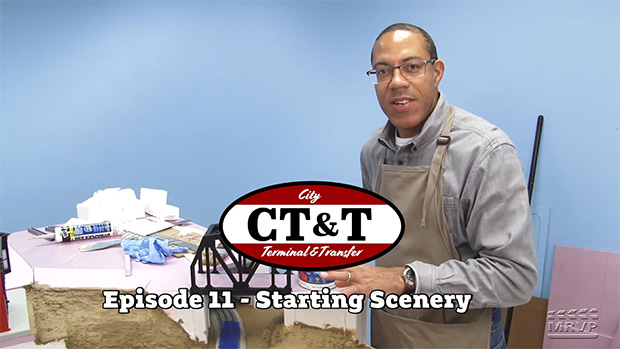
Scenery for our O gauge CT&T Railway gets started! Kent shows how to prep and paint the tunnel, install retaining walls, and add coarse ground covering. David then shares a technique for making realistic rock outcroppings using Sculptamold and rubber rock molds. […]
Read More…
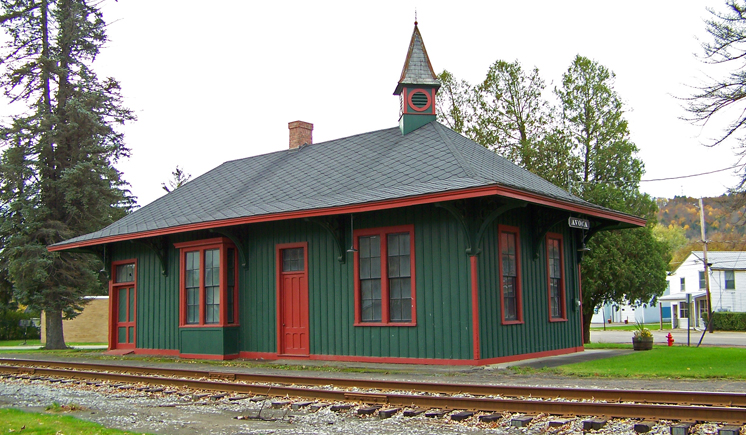
Click on the link below to download the prototype drawings. Harold W. Russell Frequent Model Railroader contributor Harold W. Russell wrote about the Avoca, N.Y., station in the September 2018 issue. He made detailed drawings from measurements taken from the prototype Delaware, Lackawanna & Western train depot. Click on the link below to download Harold’s […]
Read More…
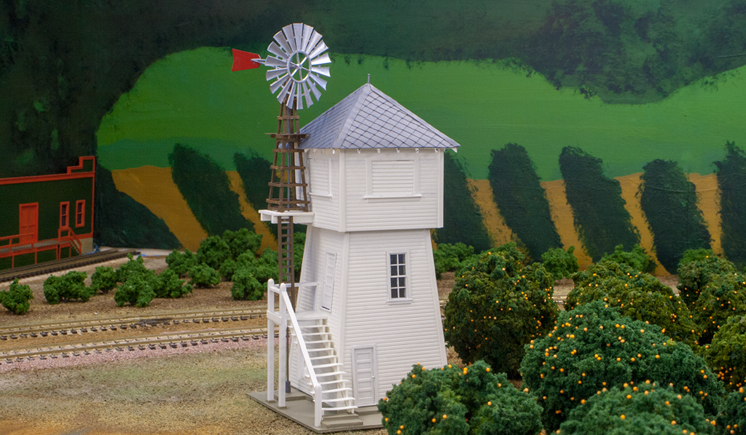
Click on the link below to download the plans for this project. Alain Kap In the September 2018 Model Railroader, Alain Kap describes how he scratchbuilt one of these distinctive tank houses from styrene for his HO scale Atchison, Topeka & Santa Fe Surf Line layout. Featuring a windmill these structures were once common in […]
Read More…
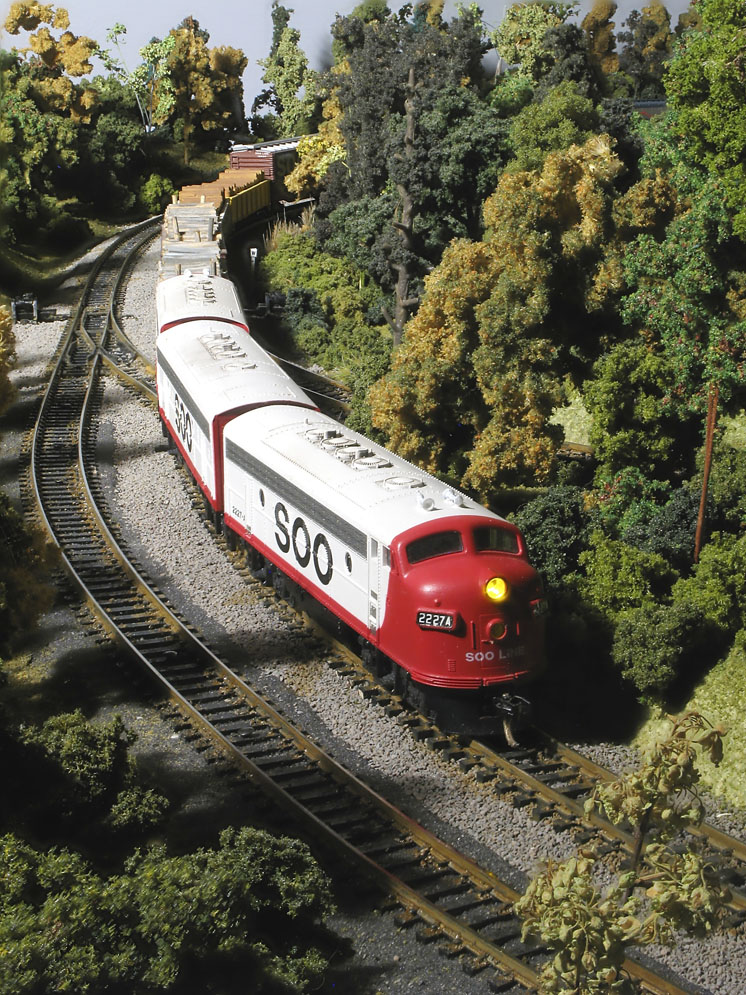
Steve Miazga’s updated N scale Missabe Junction is featured in the September 2018 Model Railroader. Check out This first article about Steve’s layout from the November 2013 Model Railroader. Steve Miazga grew up less than two blocks from the Soo Line main in Rhinelander, Wis. As a kid, he saw the Soo’s first Geeps and […]
Read More…

Name: Baltimore & Ohio RR, Pittsburgh Division, P&W Subdivision Layout owner: John Babcock Scale: HO (1:87.1) Size: 19′-6″ x 23′-3″ Prototype: Baltimore & Ohio Locale: western Pennsylvania Era: 1966 Style: walk-in Mainline run: 125 feet (double-track main line) Minimum radius: 24″ Minimum turnout: no. 4 Maximum grade: 3 percent Benchwork: L-girder Height: 42″ to 48″ […]
Read More…
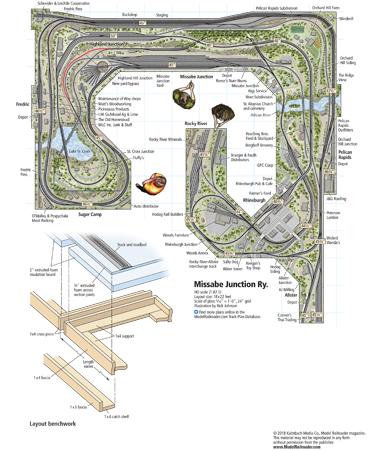
Name: Missabe Junction Ry. (2018) Layout owner: Steve Miazga Scale: N (160:1) Size: 18 x 22 feet Prototypes: Soo Line; Duluth, Missabe & Iron Range; Wisconsin Central/Fox River Valley; Canadian National; and Missabe Junction Ry. Locale: north-central Wisconsin Era: 1960 to 1990 Style: island walk-in Mainline run: 150 feet Minimum radius: 15″ Minimum turnout: no. […]
Read More…
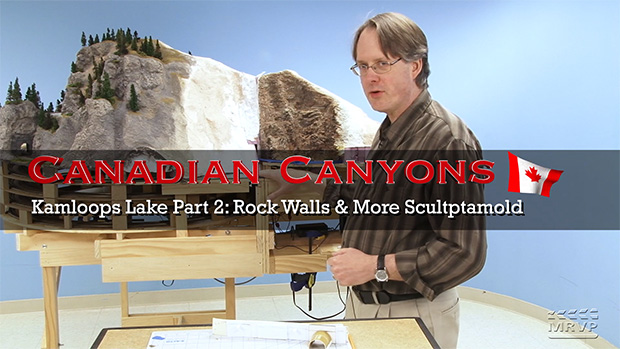
Having trouble viewing this video? Please visit our Video FAQ page David has the plexiglas water installed in the Kamloops Lake scene of our Canadian Canyons N scale project layout. Now Eric White can begin installing the stone wall along the waterfront. Follow along as he shows how to prep, paint, and then place […]
Read More…
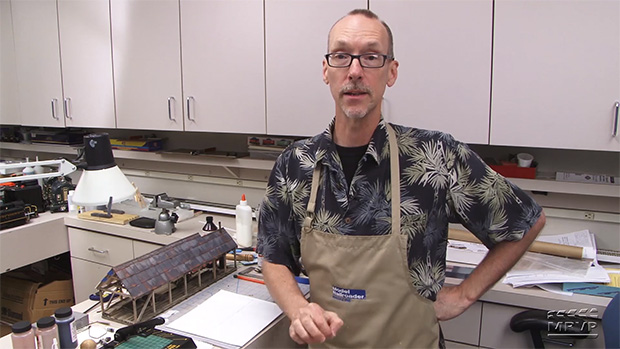
Having trouble viewing this video? Please visit our Video FAQ page David’s scratchbuilt sawmill needed a roof. So in this episode of his Olympia Logging Co. On30 layout expansion blog, he’ll share how to model a tin roof using corrugated styrene sheet. Watch and learn how to measure, cut, install, paint, and weather the […]
Read More…
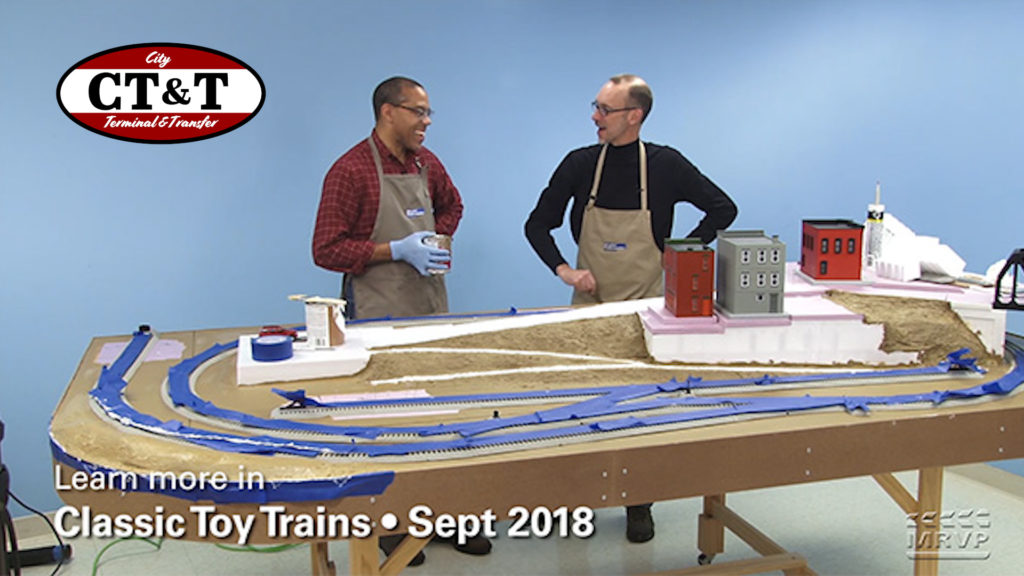
With the basic landforms now in place, David and Kent can now work to fill in the gaps and create realistic terrain for the O gauge CT&T Railway. The two share techniques for working with foam insulation board, paper-thin foam sheets, foam packing peanuts, plaster cloth, and Sculptamold. […]
Read More…

Having trouble viewing this video? Please visit our Video FAQ page Work on the Canadian Canyons scenery keeps rolling forward. An all-star trio (David, Eric, and Kent) takes on the task of modeling the seldom viewed right-of-way along Kamloops Lake, complete with stone arch viaducts, red rock cliffs, and murky lake water. See how […]
Read More…












